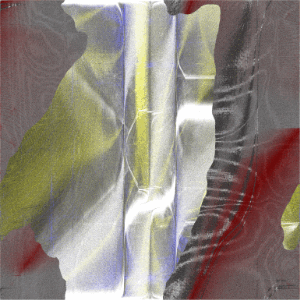A soundtrack in which its single moments are most definitely enjoyable and work as such, portraying a good variety of different imaginary scenarios that are apt to the album’s concept.

Portraying a good variety of different imaginary scenarios
An unofficial soundtrack, that is unofficial due to it being for a movie that does not exist, a movie based on imaginary views of the future of the Earth; sounds like there’s a lot of room to let your creativity roam here! And as such, Echaskech create a record that is essentially a series of vignettes, various tracks that play almost independently from one another, but that are all tied to a similar mood and atmosphere.
You should not, in fact, expect this to play as the most immersive ambient album you’ve ever heard, because that’s very much not the point; Echaskech are trying to accompany what would be movie scenes based on theories written by James Lovelock, in regards to how the Earth would end up being an automated planet thanks to cooperation from organisms and non-living cyborgs. Given that information, one could assume this LP features a mixture of organic and inorganic sound sources, and turns out it often blends field recordings with either surreal or almost industrial soundscapes.
The opening track “She Was the Universem” sets things off by opening up the mix, featuring some vast drones that are really gentle and pleasant while even more delicate pianos and various other synthesized keys lay on top. It is a warm and vast opener for the LP, one that can really pull you into the imaginary world that’s being transcribed into music, as the broad mix of this cut would really have you thinking of something of a rather large scale.
The following tracks are not nearly as impressive, creating a bit of a lull in the first half. These tunes can feel a bit stagnant, as while they do create some interesting atmospheres that do seem to be fitting for the concept of the LP, like “Walking With Spheres,” depicting an almost industrial scenario thanks to ticking percussion and some really dense synthesizer work, these atmospheres often feel a bit uncherished. While the fundamentals that make up these cuts are solid, they’re not enough to go on by themselves, as there’s often times a lack of progression or some more substantial details—there’s still plenty, just very subtle—that would give new life to these tunes; their static nature does sure help them establish a consistent atmosphere, but it’s also one that inevitably gets a little dull.
Still, even among these less interesting pieces there’s some shining moments, like in “Conversion Using Sunlight,” a track that represents a concept that seems to be vital in Lovelock’s novel—literally. This track features one of the better blends of natural elements and totally digital and artificial soundscapes, with its constant background noise of birdsongs being merged into really spacious pads. On top of both, some glitchy stuttering synths mark the real point of coexistence between nature and anthropic creations, as these feel completely unnatural yet seamlessly blend into the organic soundscape that’s being created.
The second half of this album is a whole other story ::
The second half of this album is a whole other story, featuring some truly amazing pieces. My two favorites on the whole record are “Garden of Antheia” and “Machines of Loving Grace,” both tracks that I love because of their synth textures. The former is a better realized atmosphere of mechanical and serene textures than “Walking With Spheres,” as this cut has some fantastic progression in the way it fades in first, and later in how well it introduces new layers of synthesizers, with the whole piece is gradually getting brighter and brighter for some really sunny synths to shine.
“Machines of Loving Grace” is rather similar in style, but its atmosphere is quite detached from “Garden of Antheia'”s. First off, I love this track’s lead melody, it feels so shy and comforting, especially thanks to how smoothly it opens up, being almost inaudible at the beginning of the track. From this timid beginning, the tune eventually develops a yet again vast mix, as each new component that’s introduced seems to be bigger than the previous; you reach a point in which the opening melody is still distinguishable, but definitely not the star of the show anymore, as multiple swelling pads and a crystal clear piano surround it to create a really vivid and immersive climax.
So, even if not everything on Novacene feels like it can work as an auto-sustained record, a majority of these tracks still do not feel like they’d need some kind of visual support to work as music. It sure plays like a soundtrack, again given how independent its nine pieces feel from one another, but it’s a soundtrack in which its single moments are most definitely enjoyable and work as such, portraying a good variety of different imaginary scenarios that are apt to the album’s concept.
Novacene is available on VLSI. [Bandcamp]








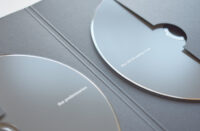


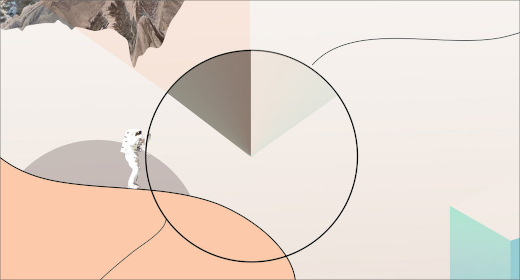

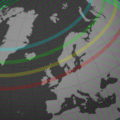
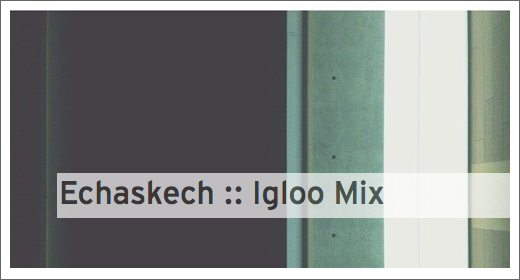
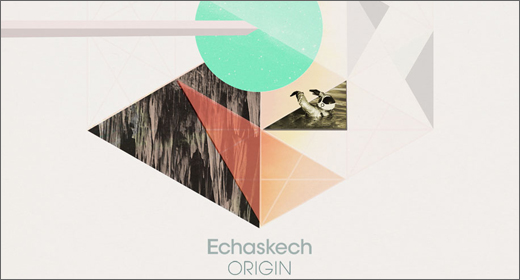
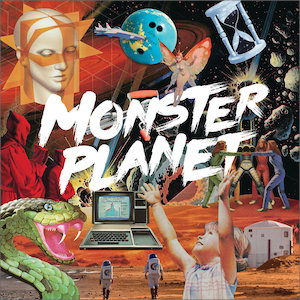

![Pole :: Tempus Remixes (Mute) — [concise]](https://igloomag.com/wp/wp-content/uploads/2025/04/pole-tempus-remixes_feat-75x75.jpg)






![Hasbeen :: Bunker Symphonies II (Clean Error) — [concise]](https://igloomag.com/wp/wp-content/uploads/2025/04/hasbeen-bunker-symphonies-ii_feat-75x75.jpg)
